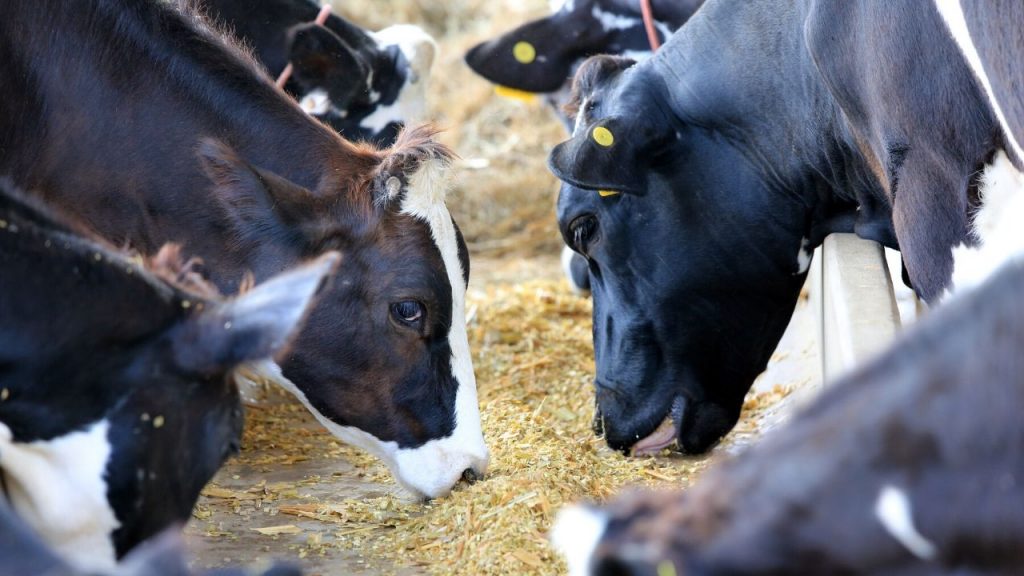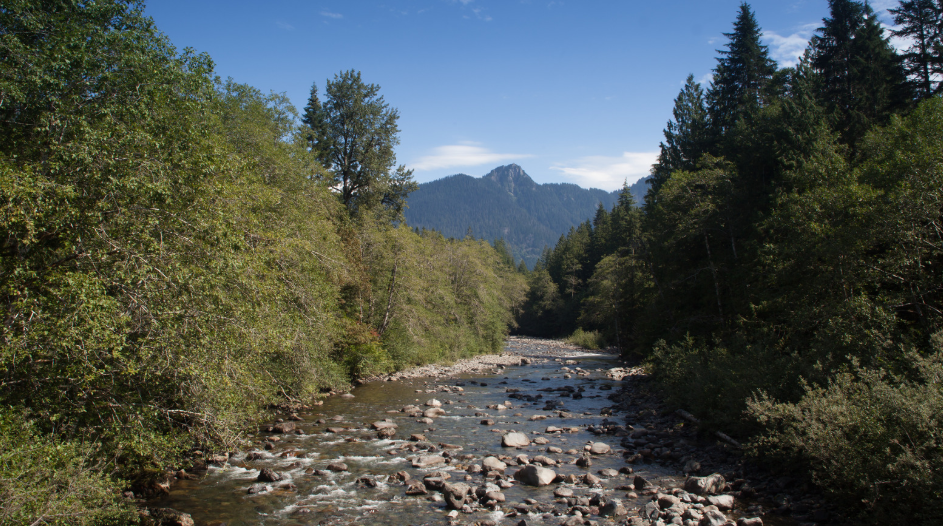Working Toward a Zero-Discharge Dairy Farm
Communities Coming Together to Protect the Stillaguamish River
For millennia, people of the Stillaguamish Tribe of Indians have lived along the river that bears their name in Stanwood, Washington. The river and land are a part of the Tribe’s bloodline, but all members of the community—including locally owned businesses and dairy farms—rely on the surrounding lakes and rivers to sustain their life and livelihood.
The farms themselves rely on the water in more ways than one: the workers drink the water, the families drink the water, and the cows drink the water. If the water is foul, it jeopardizes not only the business itself but the entire community. The community and the businesses have a vested interest in protecting the environment—a mission close to our hearts at Anchor QEA, where we are committed to green initiatives that focus on incorporating sustainable practices.
Farms Face Many Hurdles When Protecting Waterways
Farming near bays, rivers, and estuaries often creates a struggle to contain the runoff of excess nutrients into nearby water—and for dairy farms, the challenge is intensified. In addition to milk products, livestock produce a lot of excessive bio-nutrients that can end up in the waterways, threatening the health and biodiversity of the ecosystems. In the Pacific Northwest, where rain is plentiful, many of these nutrients are washed out into the river system, greatly affecting the water quality. Ultimately, local dairy farms want to be a part of the solution and benefit greatly from technology that allows them to do so.

A Technological Solution to an Organic Problem
In 2017, Anchor QEA began working with the Stillaguamish Tribe and other partners on a manure-separation technology being adopted by Natural Milk Farms, in a move toward more environmentally friendly manure management. The project evaluates and utilizes innovative technology, the Varcor Manure Management System, developed by Sedron Technologies.
The process will collect liquid manure from the 2,000+ cow dairy near the Stillaguamish River and convert it into distilled recycled water, concentrated liquid ammonia, and a pathogen-free, dry, organic fertilizer or nutrient product. This technology allows the cow farm to achieve zero-discharge while saving every single valuable component.
The Varcor technology will reduce the amount of liquid dairy manure in the farm’s existing lagoons, provide clean materials that can be transported to crops more easily or reused on site, generate cost savings for the farm, and reduce environmental impacts. While Anchor QEA’s involvement with the project began as environmental permitting support, additional services were required to keep the project moving forward, including structural foundation design, geotechnical site analysis, and stormwater design support. Anchor QEA’s talented project team demonstrated their thorough understanding of the needs for design information and data. The result? A complete redesign of the site location and layout to better accommodate the future use of the system.
By the community coming together to find a solution, the project team helped the dairy farm increase their efficiency, strengthen the partnership between the tribes and local businesses, and find a sustainable solution to keep the water clean.
The Nature Conservancy documented the process, highlighting the positive impacts to the farm and its surrounding area and neighbors that the Varcor system will have:
Anchor QEA’s multidisciplinary team and close partnerships with our clients produce quality and sustainable solutions. Thank you to all who partnered to make this project a success:



